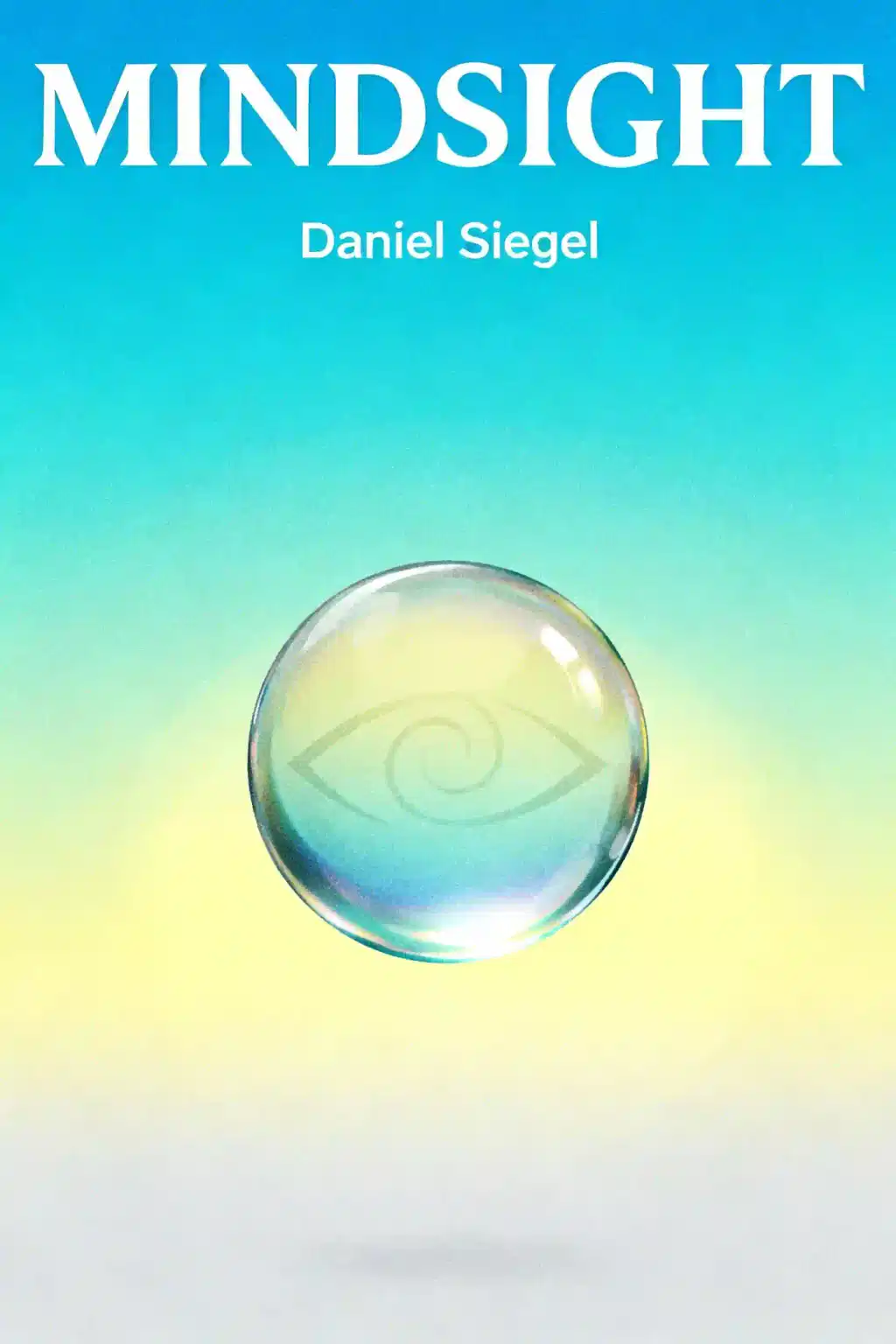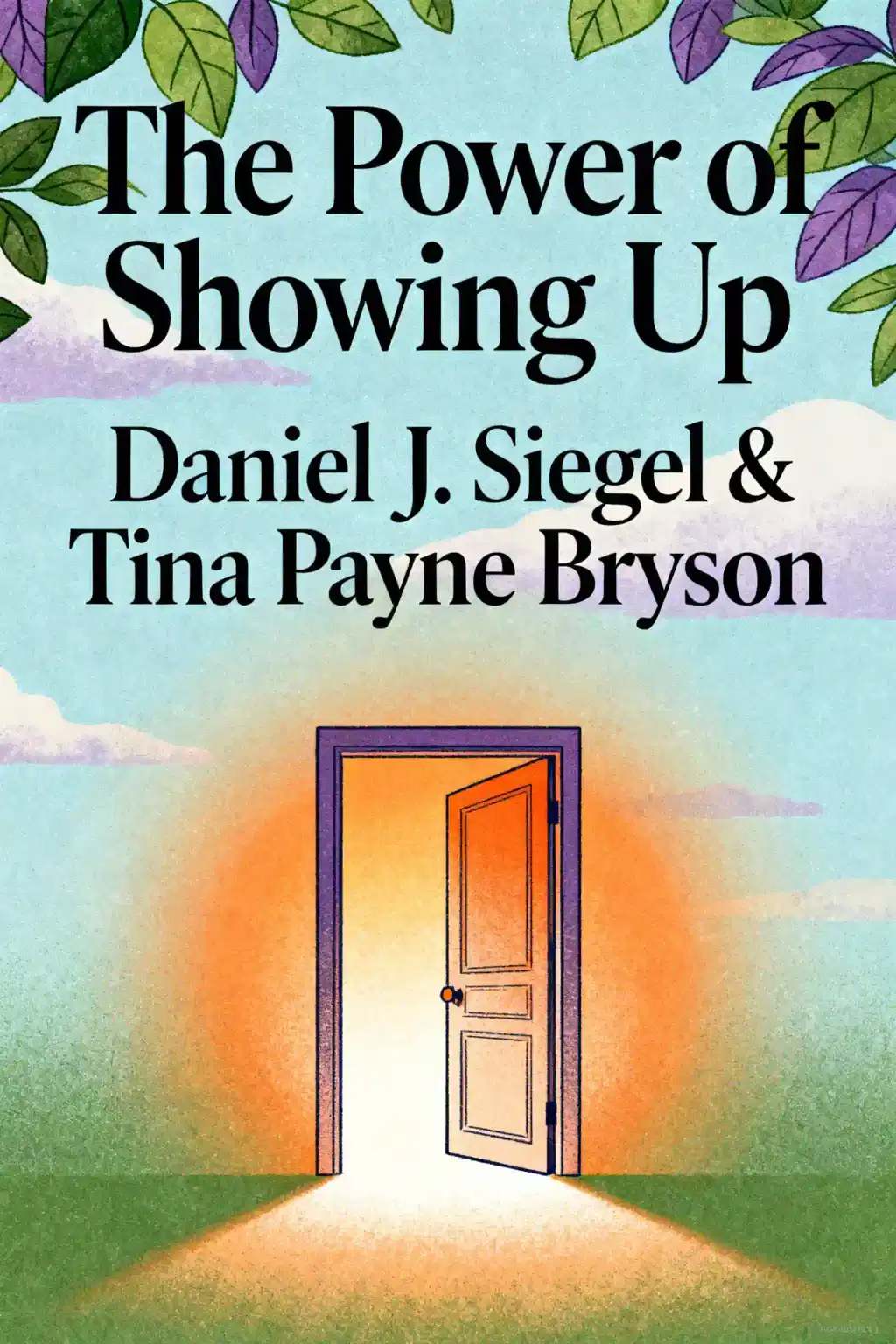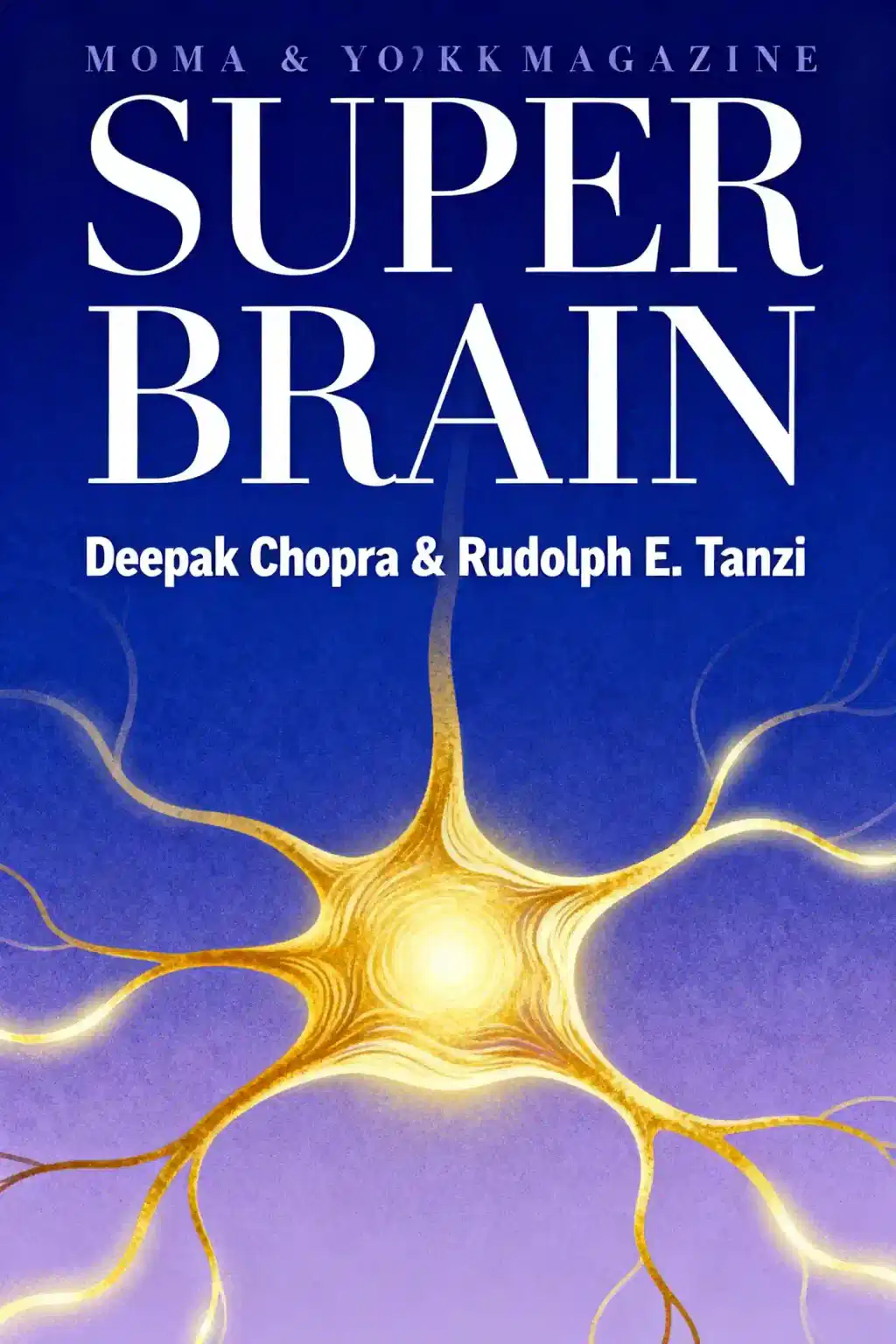What is
Aware by Daniel J. Siegel about?
Aware explores the science-backed benefits of mindfulness and meditation, introducing the Wheel of Awareness—a practical tool to enhance focus, emotional resilience, and mental well-being. Blending neuroscience with ancient practices, Siegel demonstrates how cultivating presence reduces stress, improves brain health, and fosters a more meaningful life.
Who should read
Aware by Daniel J. Siegel?
This book is ideal for mental health professionals, meditation practitioners (beginners to advanced), and individuals seeking stress relief. Psychiatrists, psychologists, and anyone overwhelmed by modern life’s demands will find actionable strategies to integrate mindfulness into daily routines.
Is
Aware by Daniel J. Siegel worth reading?
Yes—Aware offers evidence-based insights into mindfulness’s physical and psychological benefits, backed by neuroscientific research. Readers praise its actionable exercises, such as the Wheel of Awareness, for fostering focus and reducing anxiety, making it a valuable resource for personal growth.
What is the Wheel of Awareness in
Aware?
The Wheel of Awareness is a meditation framework that trains the mind to focus attention, expand open awareness, and cultivate kindness. Siegel explains how this practice strengthens neural connections, reduces fear, and promotes emotional balance through daily application.
How does
Aware link meditation to brain health?
Siegel highlights the principle “Where attention goes, neural firing flows, and neural connection grows.” Regular mindfulness practice enhances neural integration, improves immune function, and slows cellular aging by optimizing telomerase activity, per cited studies.
What are the main takeaways from
Aware?
Key lessons include:
- Mindfulness reshapes brain structure for better emotional regulation.
- The Wheel of Awareness reduces stress through focused attention and kind intention.
- Presence enhances physical health, including cardiovascular and immune function.
How does
Aware compare to other mindfulness books?
Unlike abstract guides, Aware merges rigorous neuroscience with step-by-step practices. It stands out for its clinical focus, offering tools like the Wheel of Awareness—distinct from apps or generic meditation advice—tailored for lasting mental and physical transformation.
What criticisms exist about
Aware?
Some readers may find the scientific explanations dense, requiring slower reading. Others note the Wheel of Awareness requires consistent practice to see benefits, which might challenge beginners seeking quick fixes.
Can
Aware help with anxiety and stress?
Yes—Siegel’s techniques, like open awareness and kind intention, are shown to lower cortisol levels, reduce rumination, and improve emotional resilience. Clinical examples, such as a student overcoming impulse issues, underscore its practical efficacy.
Why is
Aware relevant in 2025?
Amid rising AI-driven distractions and workplace stress, Aware’s science-based mindfulness methods remain critical for maintaining mental clarity. Its focus on neural plasticity aligns with growing interest in sustainable brain health practices.
How does
Aware relate to Daniel J. Siegel’s other works?
Aware builds on Siegel’s expertise in mindsight and neural integration, seen in Mindsight and The Developing Mind. It uniquely merges meditation with clinical psychiatry, offering a structured protocol absent in his earlier books.
What quotes from
Aware are impactful?
- “Presence is not a luxury—it’s a biological necessity.”
Emphasizes mindfulness as essential for health.
- “The mind can sculpt the brain.”
Underscores neuroplasticity’s role in self-transformation.














